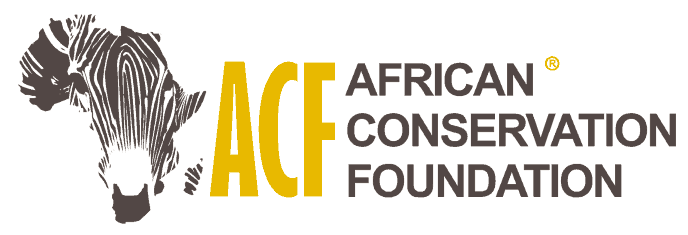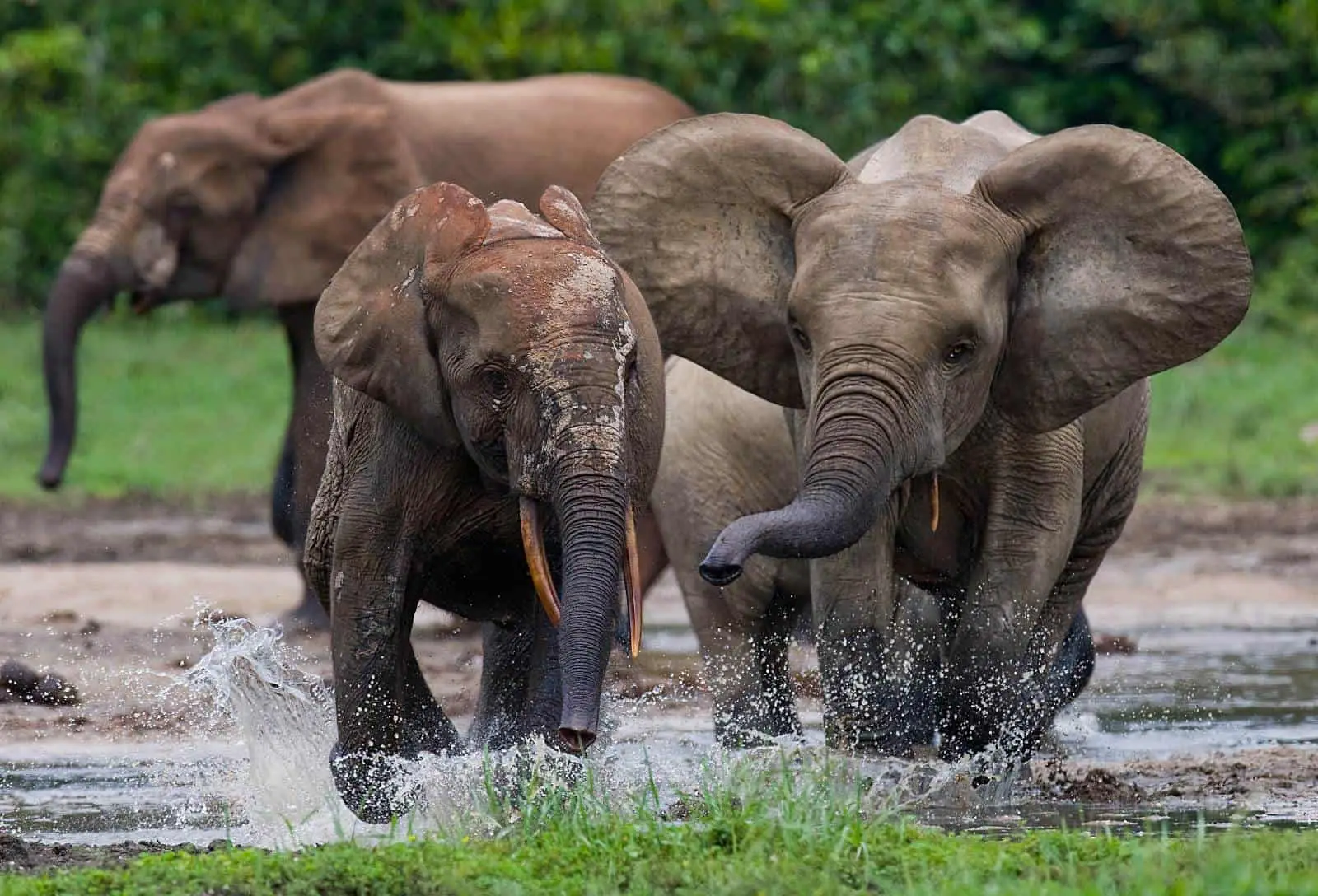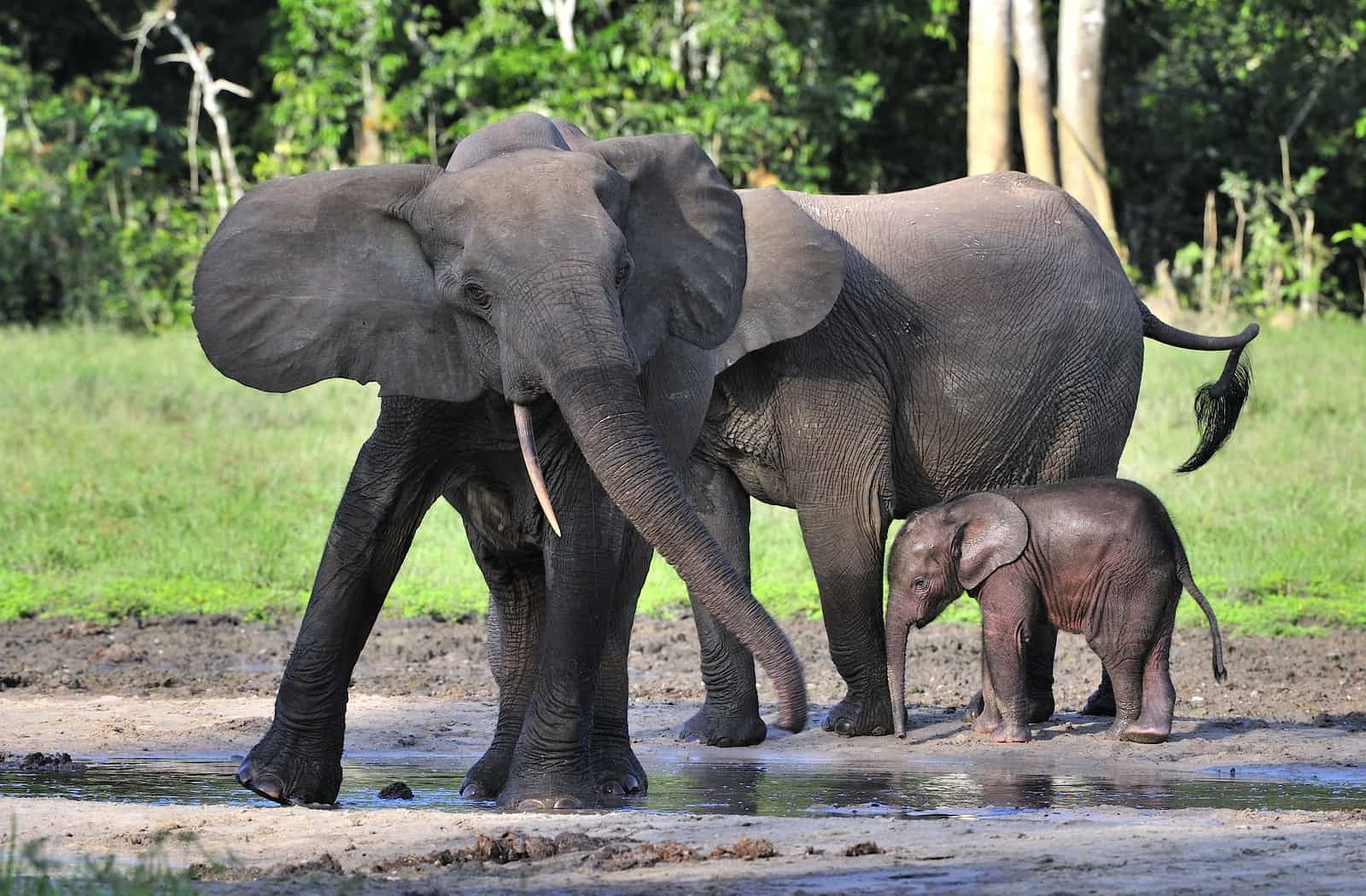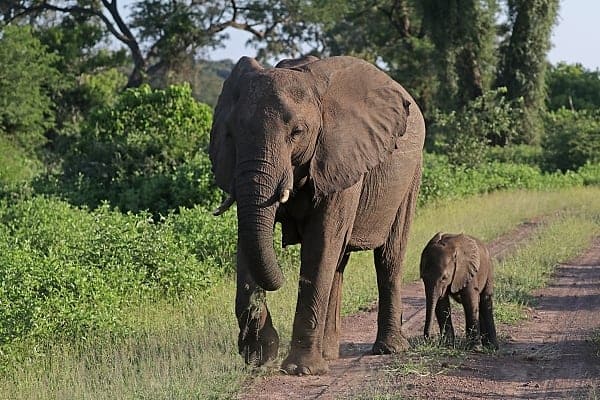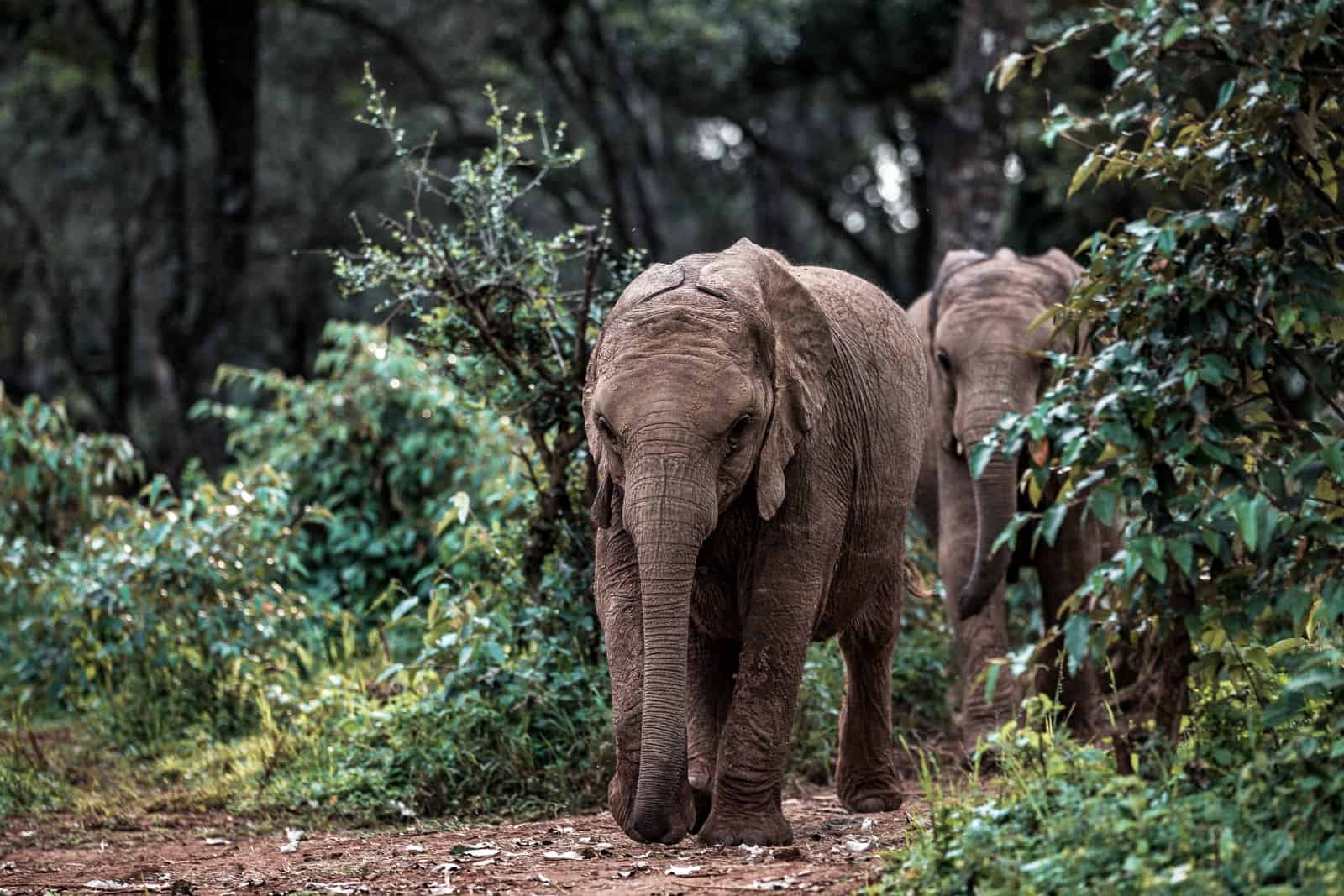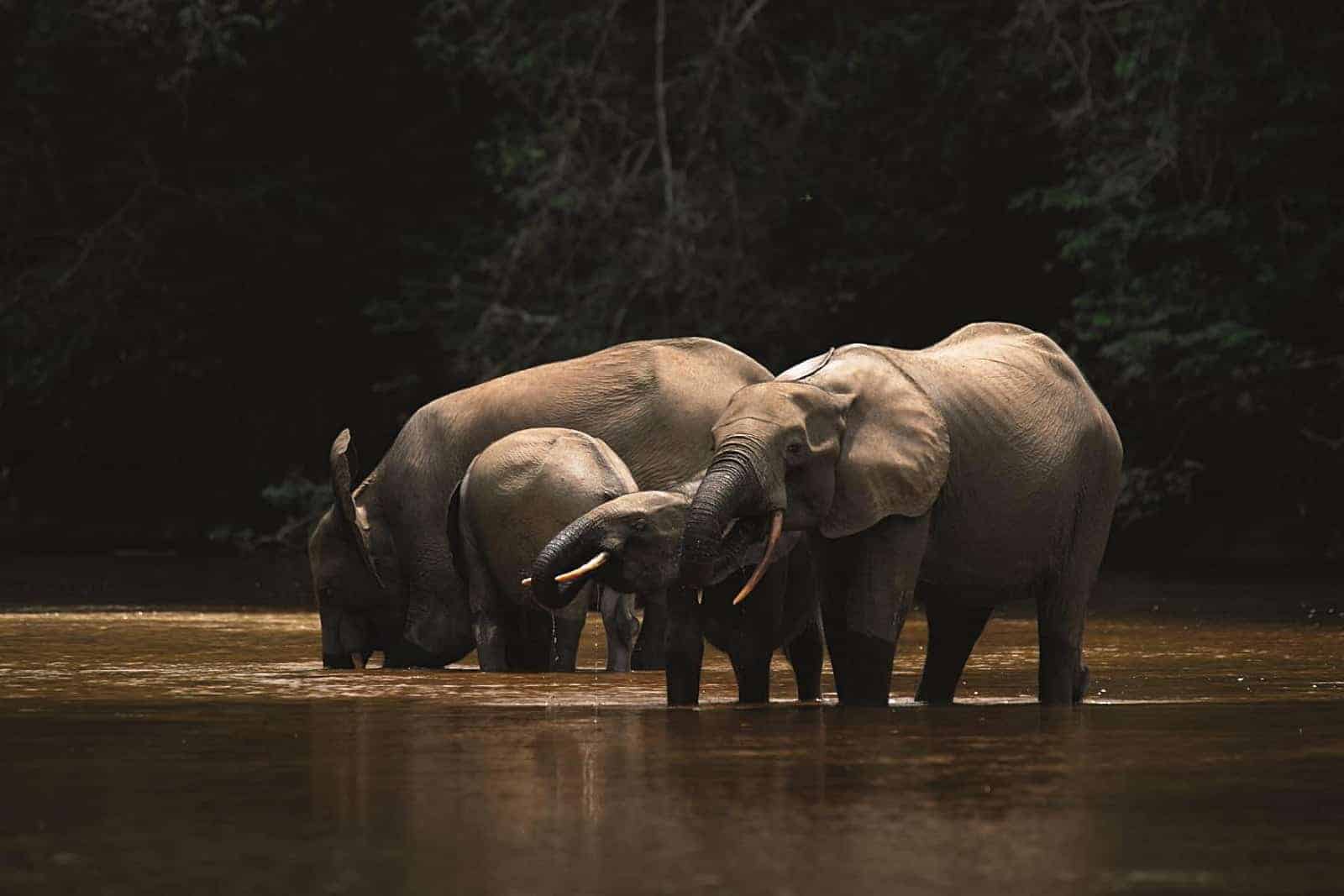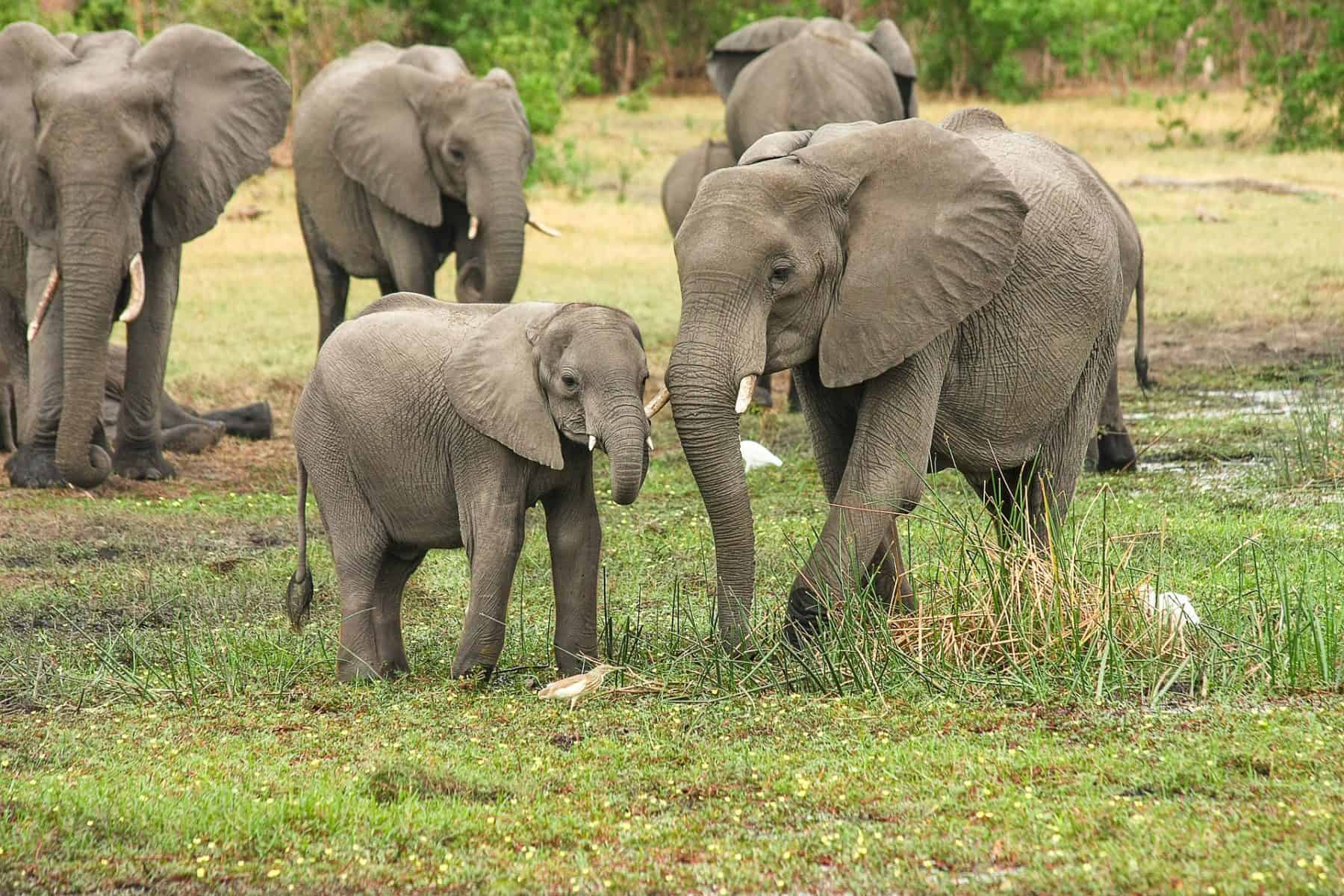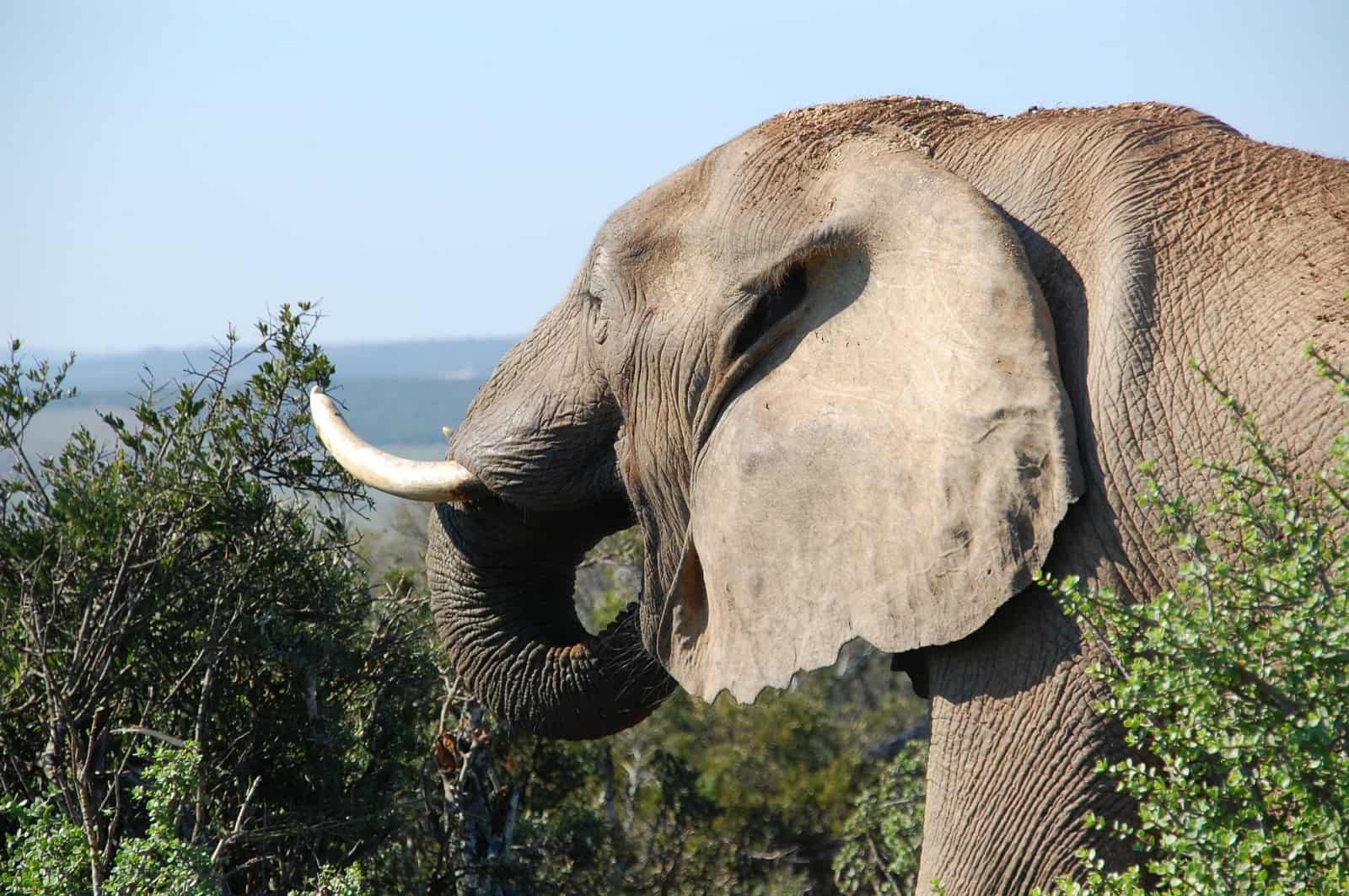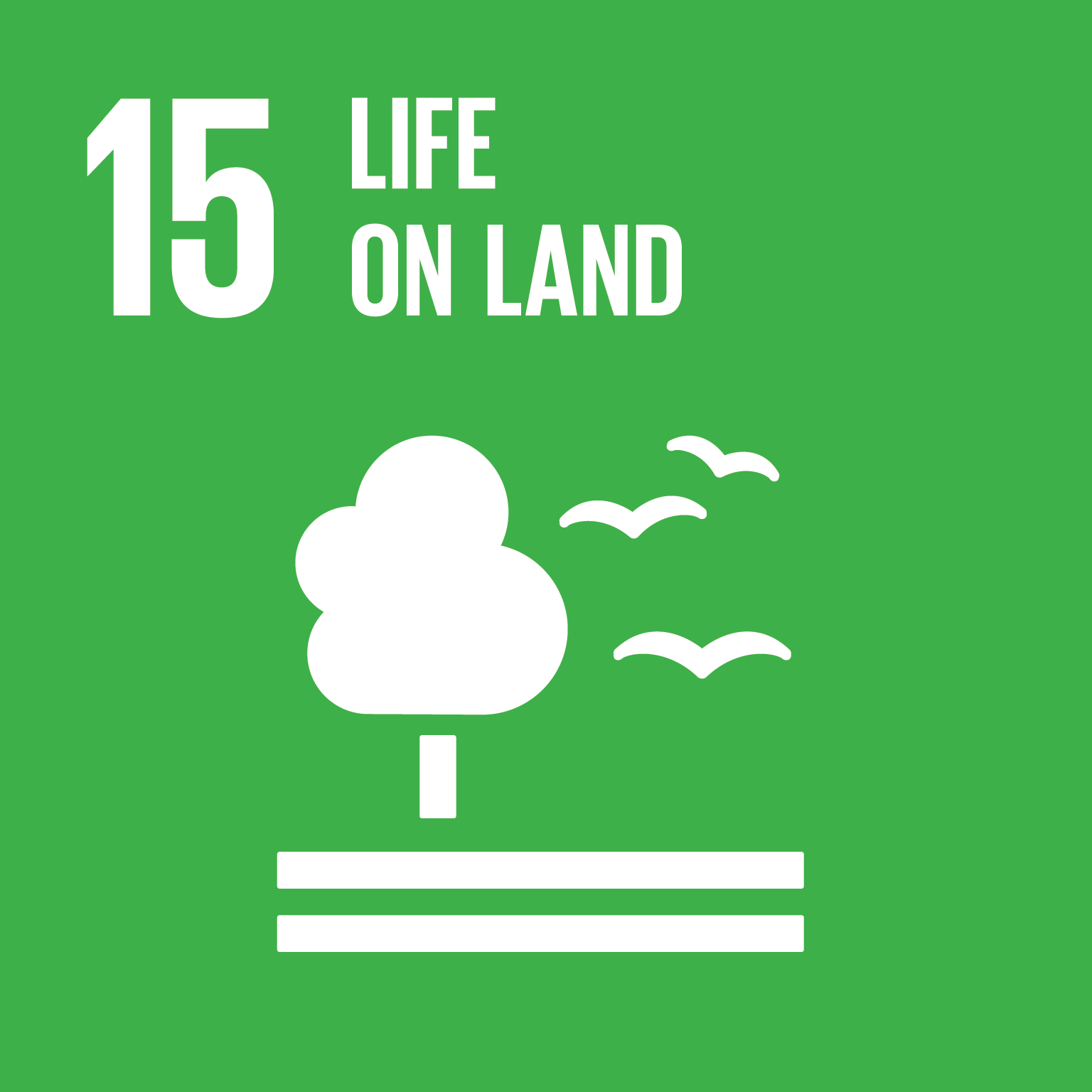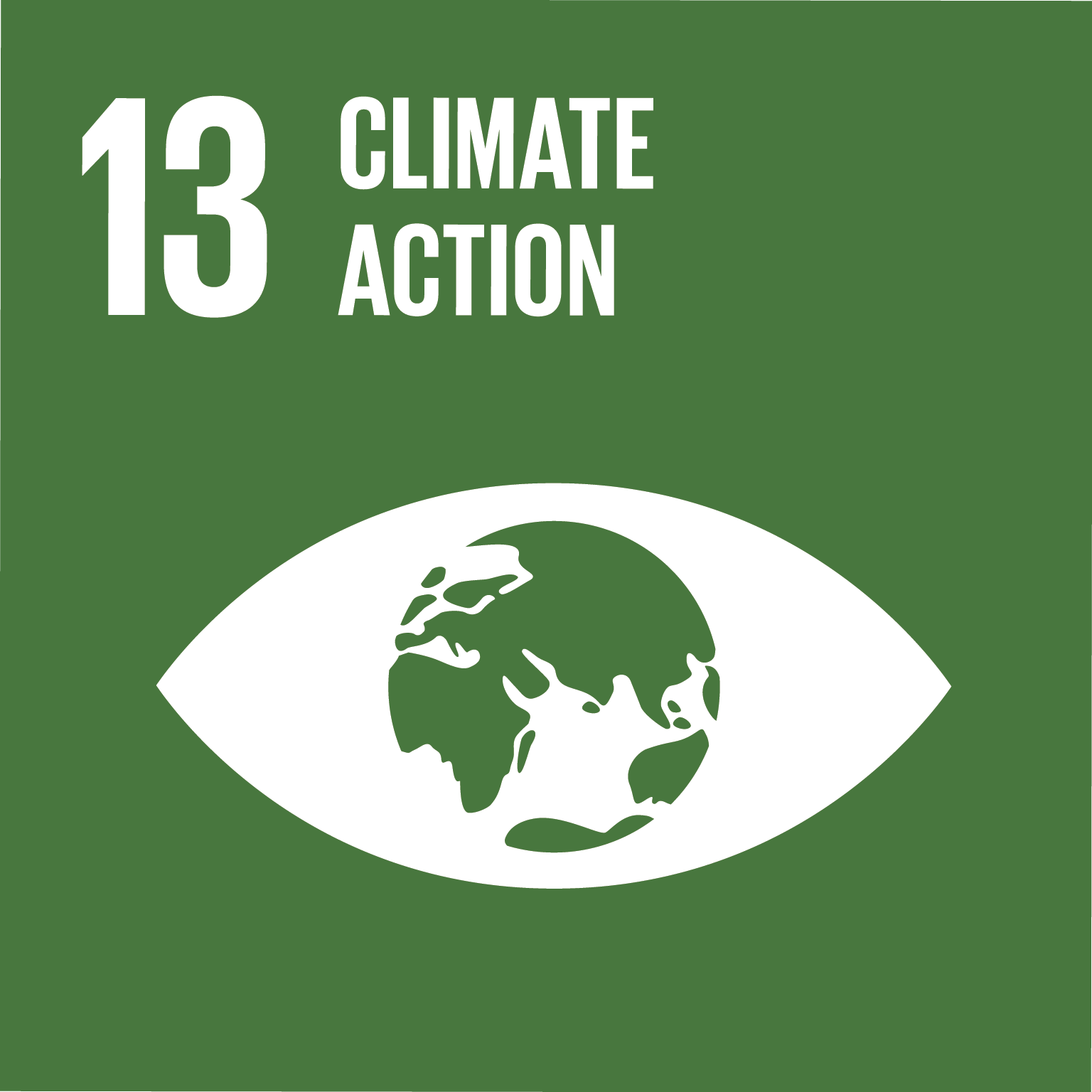African elephants, Earth’s largest land animals, confront significant threats. The ivory trade drives illegal poaching, while habitat loss due to human expansion disrupts their resources.
Endangered species
African Forest Elephant
Habitat
Rainforest
South West, Littoral and Southern Regions, CM
Size of area
2,000,000 ha
Carbon
? mT
Partner
ERuDeF
The Problem
African elephants, the largest land animals on Earth, face a multitude of conservation threats that endanger their populations. The ivory trade remains a significant challenge, as poaching continues to drive the illegal killing of elephants for their tusks.
Despite international bans and regulations, the demand for ivory, particularly in Asian markets, sustains this illicit trade. Poachers often resort to sophisticated methods, including the use of firearms and poisoned arrows, posing a grave threat to elephant populations across the African continent.
Habitat loss and fragmentation present another critical threat to African elephants. As human populations expand and encroach upon natural habitats, elephants are losing their traditional ranges and access to essential resources.
Deforestation, agriculture, and urbanization result in the destruction of vital elephant habitats, forcing them into smaller, isolated patches of land. This fragmentation disrupts their natural behaviors, limits their movement and access to food and water sources, and increases the likelihood of human-elephant conflicts. To mitigate these threats, concerted efforts are needed to combat the ivory trade, protect elephant habitats, and promote coexistence between elephants and local communities.
What we do
Anti-poaching, protected area development, corridors, conservation, research, conservation education.
Our conservation project adopts a multifaceted strategy to address the pressing threats faced by African elephants. Firstly, we focus on combating the illegal ivory trade through law enforcement and international collaboration. This involves strengthening anti-poaching efforts, enhancing surveillance and intelligence gathering, and working closely with local communities to report and prevent wildlife crimes. By disrupting the supply chains and reducing the demand for ivory, we aim to significantly curb poaching activities and protect elephant populations.
Simultaneously, we implement initiatives to safeguard and restore elephant habitats. Our project emphasizes the establishment and management of protected areas, wildlife corridors, and community-led conservation areas to secure larger, interconnected spaces for elephants to roam freely.
We collaborate with local communities to promote sustainable land-use practices, raising awareness about the importance of conserving elephant habitats and the benefits of coexistence. Through habitat restoration efforts, such as reforestation and habitat connectivity projects, we reconnect isolated elephant populations, ensuring their long-term survival.
Sustainable Development Goals
Our project contributes to the following UN Sustainable Development Goals.
